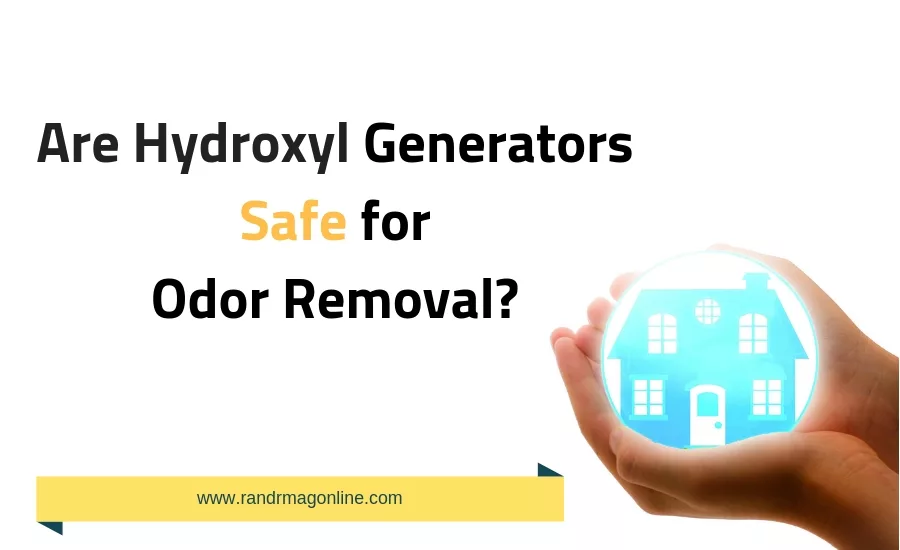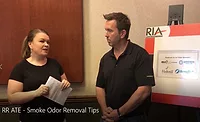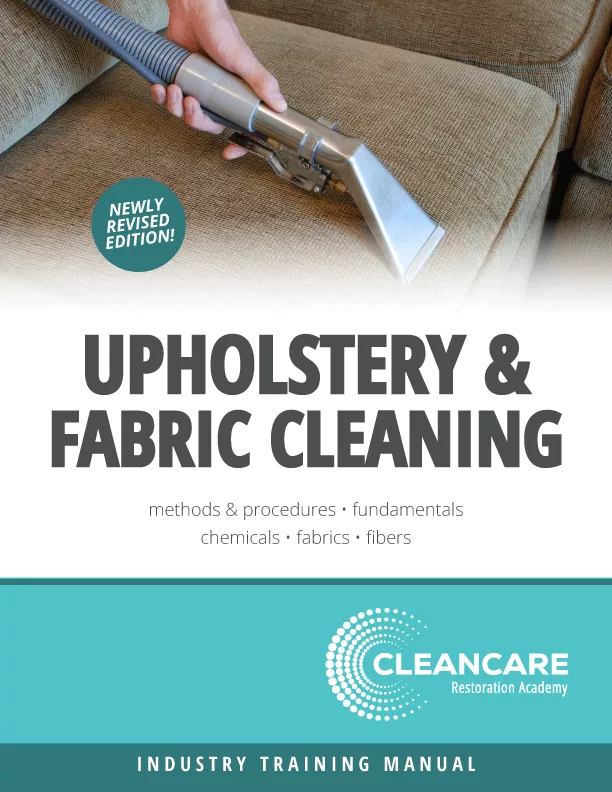Are Hydroxyl Generators Safe for Odor Removal?

In the end, this is a decision you as a restorer have to make. Many companies run hydroxyl generators in occupied spaces without giving it a second thought; others choose to run them when areas are vacant. There are even people within the same company who sometimes have differing opinions on the safety of hydroxyl radicals for odor removal jobs.
This article is meant to pull together all the expertise and thoughts scattered throughout dozens of R&R articles by industry experts, and provide some clearer answers all in one place to help you make the most informed decision possible.
What are Hydroxyls?
Hydroxyl radicals (-OH) are created naturally in the atmosphere when the sun’s ultraviolent rays react with water vapor (H2O) and oxygen (O2). They rapidly decompose chemicals in the air and play a crucial role in keeping the earth’s atmosphere clear of harmful organic and inorganic compounds. Hydroxyl radicals, in essence, dismantle the molecular structure of odors and volatile organic compounds (VOCs), and react so quickly that indoor environments have few natural hydroxyls present because they are consumed the moment they enter the space. The half-life of a hydroxyl radical is less than one second.
How do Hydroxyl Generators Work?
Hydroxyl generators work in a way that is most similar to ozone in the sense that they produce oxidizing gasses that break apart odor molecules. The two primary differences, however, are that hydroxyls are scientifically confirmed to be far more reactive than ozone, and they’re safe to use with sensitive materials. This means hydroxyls are able to eliminate a much broader range of odors and VOCs as compared to ozone. The technology allows contractors to run the generators while they’re performing their normal physical cleaning instead of afterwards, and enables clients to stay in their home or business when possible.
Are They Safe to Use in Occupied Spaces?
Hydroxyl generators come in varying strengths and sizes, and are safe to use in occupied spaces when following manufacturer’s guidelines. Choosing the right generators and properly spacing them is important to not just be effective, but also to avoid high concentrations of oxidants in small occupied spaces with no ventilation. Following the manufacturer’s operating instructions and safety labels will ensure ozone levels produced by the hydroxyl generators are always below the OSHA permissible exposure levels, and thus, safe for occupancy.
When hydroxyl generators are used in California, please note the state has very strict emission standards for portable air cleaning equipment. Special labels are required for adherence to these standards and say that the machines produce ozone and are for commercial use only.
Here are some articles and resources from various industry experts to help you make an informed decision.
In 2016, Michael Pinto and his company, Wonder Makers Environmental, did a study on hydroxyl safety and efficacy. Pinto wrote:
“The sample results clearly demonstrated hydroxyl radicals have a positive effect on the safety of an environment by dramatically reducing VOC levels after a fire.”
—Michael Pinto, Wonder Makers Environmental
“The sample results clearly demonstrated hydroxyl radicals have a positive effect on the safety of an environment by dramatically reducing VOC levels after a fire. That breakdown creates byproducts, which confirms the science of the cascade effect. In this study, the quantities of all byproducts were significantly below OSHA standards, and were in the very low parts per billion range.”
This study also points out that some environments, specifically post-fire ones, can contain very high levels of VOCs and are not safe to occupy without proper personal protective equipment. In this study, it was proven that the hydroxy generators significantly reduced the overall levels of contaminants in less the 8 hours, and it was determined that hydroxyl generators make these environments safer for occupancy and remediation work.
In early 2017, three industry experts weighed in on a number of things related to odor removal. One topic was addressing client concerns about ozone or hydroxyls.
“Ozone is only to be used in unoccupied areas with return to the area at least one hour after the machine has turned off. Ozone can bleach wet materials and damage natural rubber. If a homeowner cannot leave or a store cannot shut down, hydroxyl generators are the way to go.” – Russ McCubbin, International Ozone
“….Odorox has invested significant time and expenses in safety testing. Examples of tests performed by independent parties include measuring the amount of hydroxyls produced (approx. 2,000,000 per cubic centimeter), a 13-week toxicity study performed on rats under strict FDA GLP guidelines (no adverse effects), the amount of ozone produced so contractors comply with OSHA standards, and testing performed by the FDA which now classifies Odorox as a Class II medical device for use in occupied areas.” – Tom McArdle, Odorox Hydroxyl Group
This May 2017 article breaks down a lot of the myths and misconceptions about hydroxyl generators. Since they have only been in use in the restoration industry since 2008, it is still a science completely new to some restoration contractors. One myth is that there is no documented testing out there on this technology.
“Testing has been performed over the years by reputable third-party companies like Underwriters Laboratory (UL), Lovelace Respiratory Research Institute, the FDA, Comparative Biosciences, and Wonder Makers Environmental. Results provide information that show how many hydroxyls are produced and how much ozone is produced. A full 13-week toxicity study on rats following FDA GLP guidelines was conducted and shows no adverse effects.”
You can find many more hydroxyl resources, articles, videos, and tips at: https://www.randrmagonline.com/infocenter/odor-removal.
Looking for a reprint of this article?
From high-res PDFs to custom plaques, order your copy today!








